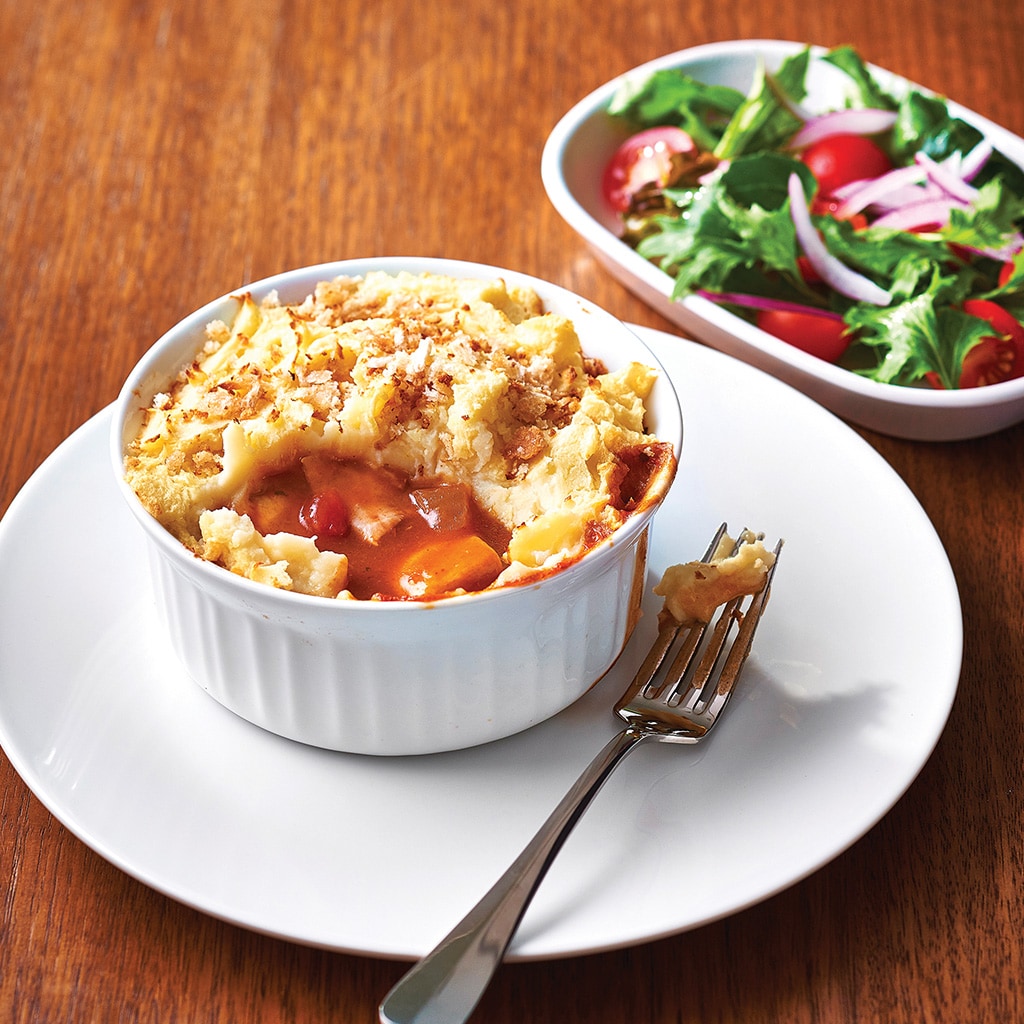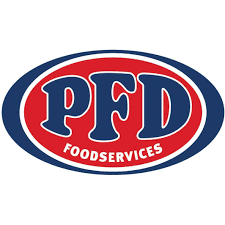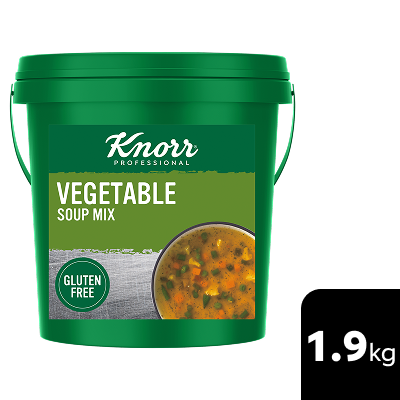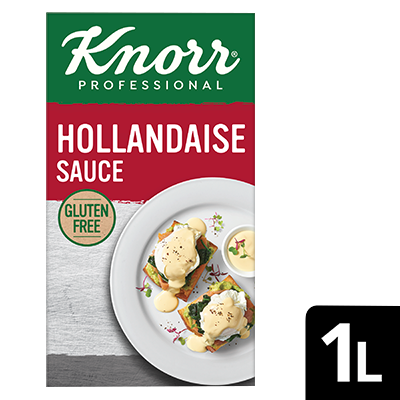
In aged care, a delicious meal is often the highlight of the day.
It requires a lot of planning, preparation, cost, energy and effort to prepare aged care meals. Reducing plate waste, increasing consumption and ensuring residents are having the recommended dietary intake every day, are a constant challenge for aged care chefs.
Dining Experience Specialist Jo Cleary is passionate about good quality, well-cooked food in aged care. Jo conducted a study into the role of flavour in aged care and found thoughtful preparation, presentation and a focus on flavour significantly increased the resident’s enjoyment and consumption of a meal. She spends time sitting in aged care dining rooms observing how residents eat, and what flavours or elements of the meal promoted a positive response.
“Taste and smell are intrinsically linked to the enjoyment of food. Our sense of taste and smell diminishes as we age. Residents love sweet and salty foods.”
“Focusing on flavour can really boost how much aged care residents eat. When we observed the eating habits across many dining rooms, residents loved well-seasoned, rich, delicious flavours. Bland, tasteless or overcooked food was usually left on the plate, uneaten,” said Jo. “When a generous spoonful of delicious brown sugar was added to porridge, residents ate with uncharacteristic enthusiasm and the bowls were scraped clean.”
“Residents also enjoy the simple pleasure of well-cooked food, seasoned with a little salt, herbs and butter,” said Cleary.
Quality of life
“Undernourishment doesn’t just lead to weight loss and poor health. Residents who aren’t eating enough are miserable, lethargic, anxious and irritable. They need a lot more assistance from staff.”
Jo estimates the additional care hours required as a result of low-level nutritional deficits for the 200,000 Australian residents currently in care is 37 million hours per year. “If residents ate a bit more and grew a bit stronger, this could dramatically increase their quality-of-life and reduce their dependence on staff.”
The flavour of texture modified food is especially important. Once food has been minced, or pureed, it looks less appetising on a plate, so it must smell and taste appetising. Jo suggests enhancing the flavour of texture-modified food by adding a small knob of butter, a teaspoon of roasted capsicum puree or swirl of rich finishing sauce.
Tips for Chefs
Engage all the senses:
Using herbs like rosemary, oregano, basil and sage creates a beautiful smell to a dish. A care giver helping with feeding can use the resident’s sense of sound, by describing the flavours of the ingredients and saying how delicious the meal is. Jo found this technique increased how much the residents ate.
Be creative with sauces:
“It’s easy to be creative with sauces. There is a wide range of sauces that can be made in a matter of minutes. Butter with sage, or cream and mushroom make a delicious accompaniment to flavour meats and vegetables.” If you are looking for a wide range of sauces and pastes for aged care meals, here's where you can find them and stock your pantry.
Test new flavours:
“International flavours like spicy casseroles or curries should be introduced thoughtfully, as people are naturally most comfortable eating what they are familiar with. Residents from CALD backgrounds (Culturally and Linguistically Diverse backgrounds) may prefer a rich curry, but it may not be to everyone’s taste. A sampler in a shooter glass offered over the week before could be a great way to build excitement about a new dish and introduce a new flavour.”
Meal time considerations:
“What looks nice and well-cooked in the kitchen can be overcooked and the nutrition destroyed by the time residents are ready to take their first bite. Think about how the meal will taste at the time the resident takes their first bite – not when the food comes out of the oven, or when it goes into a bain-marie.” added Jo.

Disclaimer: The content of this article is created for inspiration purposes only. It is not intended as clinical, medical or nutritional advice.
Top recipes
-
Broccoli and Cheddar Soup -
Spring Vegetable Soup -
Provencal Fish Cacciatore -
Fish Pie with Potato Top -
Smoked Fish Kedgeree -
Spanish Omelette -
Poached Chicken with Peas, Zucchini and Leek -
Apple Braised Pulled Pork Sandwich -
Mango Chicken Tartlets -
Roast Chicken Florentine -
Diced Steak and Mushroom Goulash -
Chicken Parmigiana Pie -
Oreo Cheesecake -
Waffle Chocolate Mousse Baskets
Related Products
Log in or Create an account to access:
- Get access to this content
- Discover the latest culinary trends
- Explore and save your favourite recipes
- Watch free video training courses for chefs




























